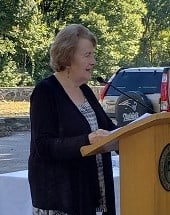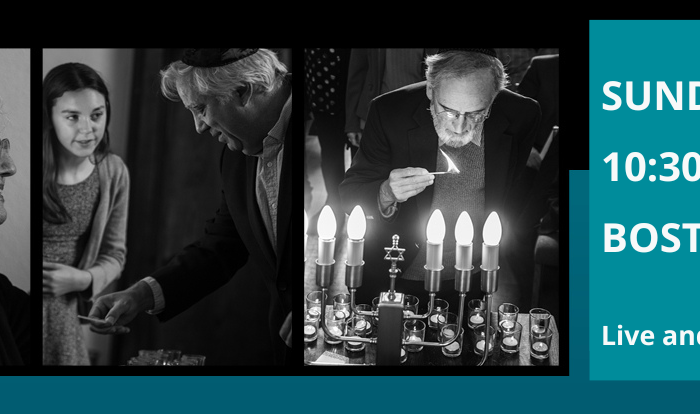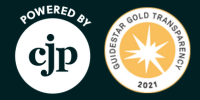Each year on the Sunday between Rosh HaShanah and Yom Kippur, Jews around the world visit the graves of their parents to honor their memories. For many Holocaust survivors and their families, there are no graves to visit. Instead, JCRC and our partners host a Yizkor Service for our community’s local survivors and their families, a program that includes survivor testimony.
 When I heard the below testimony from child survivor Frieda Grayzel, I knew that her story of survival needed to be heard by a much broader audience – and that her impassioned pleas for action on behalf of today’s “undesirables” were critical to promote. It is my privilege to share it, with the permission of this remarkable woman.
When I heard the below testimony from child survivor Frieda Grayzel, I knew that her story of survival needed to be heard by a much broader audience – and that her impassioned pleas for action on behalf of today’s “undesirables” were critical to promote. It is my privilege to share it, with the permission of this remarkable woman.
Shabbat Shalom,
Jeremy
Greetings, dear fellow survivors, dear families and friends.
Shalom.
My name is Frieda Grayzel, and I was born in Tomaszow, Poland in 1934.
I stand before you, a child survivor, at this very solemn Yizkor Service for the murdered 6 million of our families, friends, teachers, and unborn generations of fellow Jews whom we continue to mourn.
I come from Central Poland, from a large, close family long settled there. I was the cherished, beloved, cute little girl in a family of mostly boisterous boy cousins. My hair curled like Shirley Temple’s, my dresses lovingly made by my mother, and my elegant coats by my father, a tailor trained in Poland and Paris.
May 1939 – My fifth birthday party. Attended by aunts, uncles, cousins and family friends singing good wishes to me. Among my many gifts was a large red ball with big white dots and a carrying net, popular in Europe then, and a picture book of classical Greek and Roman mythology.
September 1, 1939 – Germany invades Poland. We flee to relatives in Warsaw. My sister Dorka is born on September 7th amidst exploding bombs. We are bombed day and night, trapped without food, running water, or electricity, spending many hours in damp, dark cellars turned into bomb shelters. Warsaw resists the Germans for 27 days.
October 1939 – We return home. New laws in quick succession quickly strip our civil and human rights, enforced by random shootings, humiliations, and brutality.
Spring 1940 – We are forced to move into a walled ghetto in the worst part of town, many families crammed into each apartment. The ghetto population grows to 15,000 as the surrounding countryside is cleared of Jews. Hunger, cold, no electricity, no heat. Conditions worsen daily. Some lucky people get above starvation rations when they are employed in workshops making goods needed by the German Reich – tailors, shoemakers, carpenters, etc. My father becomes one of them.
All of our valuables are confiscated, many people shot for trying to hide their jewelry, furs, money, household silver. The lies accumulate: the “Red Cross action”, the “Palestine action”, and on… working on peoples’ hopes that they can escape if only they prove that they have relatives elsewhere. They are sent to their deaths.
October 30 and November 2, 1942: The Aussiedlung ‘evacuation’: Aussiedlung: 95% of the ghetto told they will be sent to labor camps. A new lie calculated to minimize resistance. My grandparents, aunts, uncles, cousins, friends are all sent to Treblinka, the extermination camp, and murdered. The rest of us who have a close family member working in a workshop remain in the ghetto and are put to work emptying the apartments of those sent to Treblinka. In a large warehouse, we sort and clean all the possessions to be sent to Germany. My mother and I work sorting through the bed linens and bundling them.
April 1943 – We are crammed into cattle cars, standing room only. Interminable trip, no air, no water, a cooking pot for a toilet. We arrive at Blizyn labor camp which also allows random killings and beatings for the smallest infraction. Separate camps for men and women, barracks with one board thick walls.
November 1943 – My little sister Dorka, four years old, is ripped from my mother’s arms. My mother fights to go with her and is savagely beaten. All the children are sent to a nearby forest and shot.
December 1943 – My father and uncle are arrested, stripped of their shoes and kept in a wire enclosure on snowy, frozen ground. My mother scours the camp, manages to get a pair of wooden clogs and throws them over the wire fence to my father. She is beaten savagely with a board from a wooden fence, her ribs broken. That winter, a typhus epidemic sweeps through the camp and almost everyone comes down with raging fevers and hallucinations, no medical care. The “hospital” barrack is so full that I lie on the floor in the hallway. I survive. Soon I come down with malnutrition sores all over.
July 1944 – We are crammed into cattle cars, an even longer journey. Blinded by light as the doors are slid loudly open, we are pushed, yells of ‘schnell, schnell, faster, faster’- to jump onto the platform many feet below the cattle car floor, surrounded by wildly barking dogs. We have arrived in Auschwitz- Birkenau. Men and women separate, we are told to strip. Many of us have our heads shaved roughly. We get through the showers, alive – water this time. We go through long lines under harsh flood lights to be tattooed with numbers – no more names. In Birkenau, camp B2B, overcrowded triple tier wooden board bunks, starvation rations. I am terrified as my mother risks her life over and over to procure us a bit of extra food. Hangings, shootings, and horrible punishments are all around us. Suicides by electric wire fences. We become used to the stench of the crematorium smoke.
October 1944 – Our camp is herded to the FKL women’s camp in Auschwitz. We go through a selection by the infamous, white gloved Dr. Mengele. I am sent to the left, my mother refuses to go to the right- to the right go young women capable of work. She is beaten again, but then allowed to join me. As is my cousin Rena and her mother Hinda. Our little group – children and some older women, stand for hours in front of an iron and wood door – the gas chamber. As darkness falls, we are told to dress and walked to a fenced-in brick barrack, holding place for the gas chamber and ovens. We learned later that a small group of women prisoners, over a long period of time, had smuggled in tiny amounts of explosives from a munitions factory and exploded the crematorium– The Sonderkommando Revolt.
An SS woman approaches my mother the next day. She asks if my mother wants to save me and Rena. Our mothers consult and say yes – they know what our fate will otherwise be. We are taken to the Twins barrack, enclosed by a wire fence. We were close in age. Dr. Mengele performs horrible, heartless experiments on twins. He himself was a twin. Daily some are taken away and returned – or sometimes not – in pain, with bandages, but they never talk.
The winter of 1944 closed in, days darkened; the twins’ barracks is transferred to the “gypsy camp” after its occupants were gassed and cremated. After a while my mother found me and instructed me on what symptoms to complain of so I would be sent to a hospital barrack. Somehow they managed to get me and Rena transferred. Evacuations, the death marches, towards the West started. Rena and I were too weak to walk, so the four of us hid under the planks of an empty barrack, on the frozen ground. When the Germans came through to look for any strays, they did not find us.
January 27, 1945 – The Russian liberating soldiers arrived. January 27th became my second birthday, my re-birth-day.
July 1945 – My father and uncle Nathan return from six concentration camps after hitchhiking from camp Ebensee in Austria. Rena’s eight-year-old brother Romek was killed in Auschwitz, her father shot a few days before liberation. We were alive: we were homeless and stateless. We ended up in Displaced Persons camps in West Germany. After four years of waiting our visas’ turn came and we arrive in the United States in 1949. Our readjustments begin again.
So – how could all this have happened? Six million of our people and so many others tortured and murdered, one-and-a half million children murdered?
How could it have happened? It tears my heart to remember, to talk about it – how could it have happened?
Is it when leaders and governments nurture lies and propaganda designed to denigrate and dehumanize some peoples? Is it when it calls people undesirables, as we were, when all borders were closed to us? Is it when people seeking asylum from dire conditions are called murderers and rapists? When it uses children’s separation from their parents heartlessly, as a means to control the borders? Do they not realize or care that the consequences of these actions never go away? For they never go away.
I will never forget my four-year-old sister Dorka ripped from my mother’s arms, sent to her death in some nearby forest. The echoes of the 1930‘s in our current situation here are too frightful…
Most of us, survivors, have built good and successful lives and families. We needed both strength and chance to survive. But we live with our experiences always, and so do the families we created. It is inevitable.
So when will it stop? Will good people with open hearts be strong enough to stop it? The deceptions, the lies, the heartless policies, the propaganda? Let us hope so.




